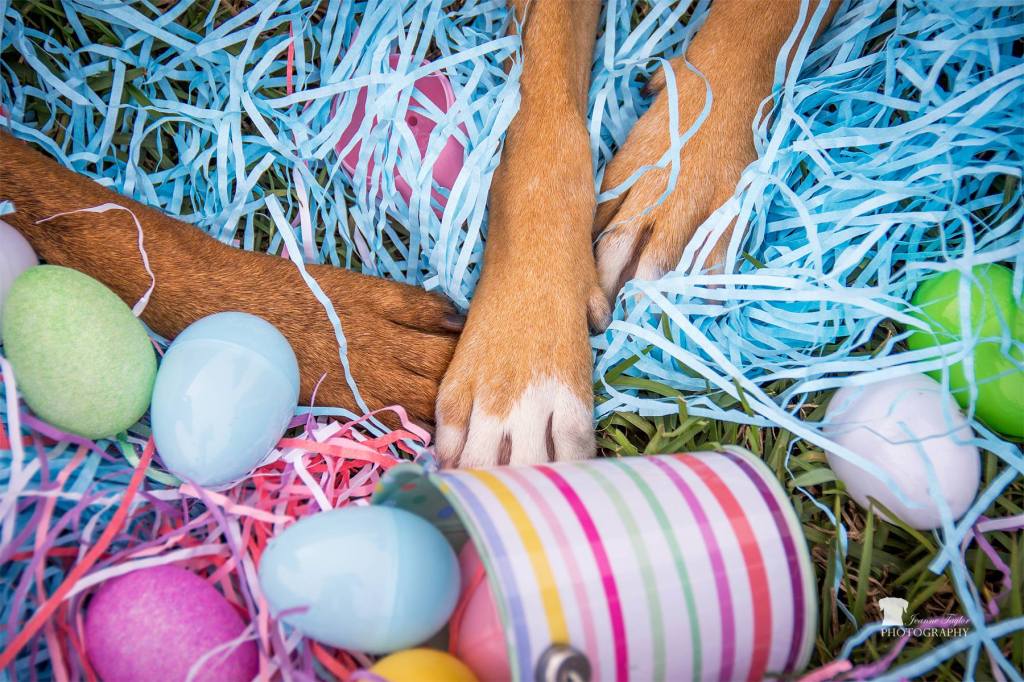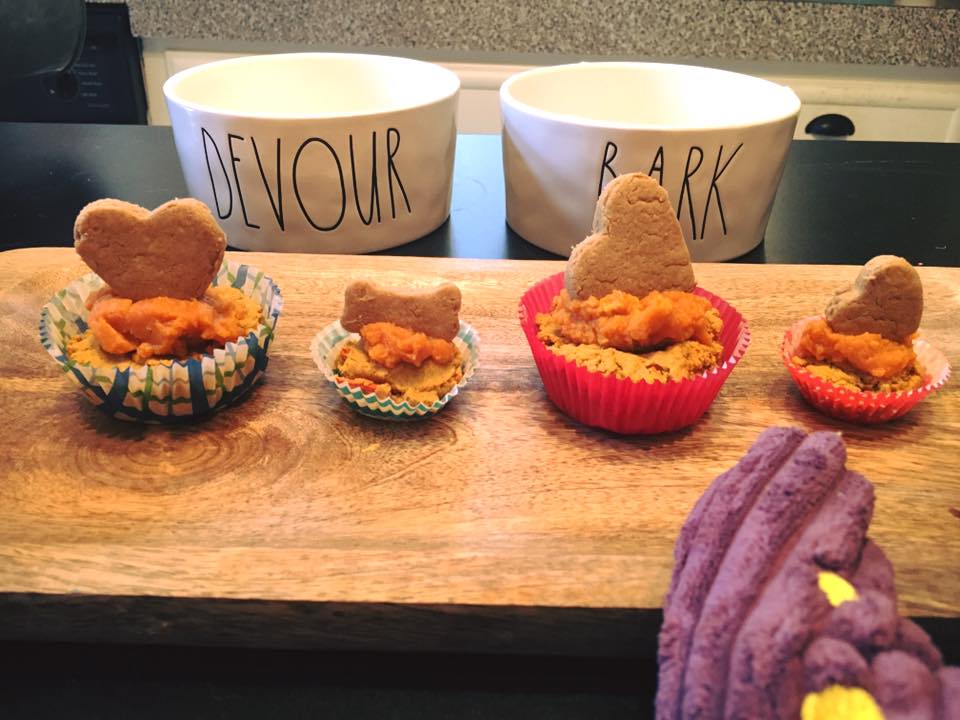Heat Stroke by Dr. Shannon Graham
Over the past couple of months in quarantine, our pets have been getting extra attention, walks through the neighborhood, fetching in the backyard, and joy-rides to pick up our to-go meals. Whether you’re continuing to work from home this summer, exploring the Lowcountry’s parks and beaches, or enjoying a meal on one of the many dog friendly restaurant’s patio, we need to discuss ways to keep our pets safe during these hot and humid summer months.
As an emergency veterinarian in Charleston, I have seen many patients rushed to Veterinary Specialty Care due to heat exhaustion or heat stroke. Heatstroke is characterized by marked increase in body temperature (>105.8°F) from exposure to a hot or humid environment or strenuous exercise. Animals cool themselves by panting, which removes moisture from their lungs to reduce their temperature. Animals are unable to cool themselves by panting when the humidity is high.
Increased risk factors of a dog suffering from heat stroke include: strenuous exercise, high environmental temperature, high humidity levels, lack of acclimation to a new environment (pets on vacation, spring), confinement with poor ventilation (cars, garage, dog house), and lack of shade and/or water. Also, dogs that are older, overweight, or have heart disease or respiratory disorders (tracheal collapse, brachycephalic) are predisposed to heat stroke as well. Our “smushed face” dog breeds like bulldogs, shih tzus, and pugs are undoubtably adorable, but they have a higher risk of overheating due to their short, flat muzzle preventing them from panting effectively.
Initial signs that your pet may be overheated are heavy panting, restlessness, glazed eyes, excessive thirst, and profuse drooling. Patient with heat stroke have progressive signs of lethargy, incoordination, collapse, vomiting, diarrhea (often bloody), bruising, seizures, or unconsciousness. This marked elevation in body temperature damages multiple organ systems including the gastrointestinal tract, kidneys, liver, coagulation (blood clotting) system, and brain. Pets may develop bruising and bleeding, low blood glucose, organ failure, loss of normal barriers from severe infection, brain damage, and death.
If you think that your pet is showing signs of heat stroke, then immediately start cooling efforts by moving your pet into a shaded or air-conditioned area, apply cool (not cold) water or towels soaked with cool water around the neck, chest, belly, and paws, and using a fan. Do not bathe or saturate them with cold or ice water, as cooling them too quickly can cause serious complications. You should provide them access to cool water, but do not force them to drink it. Then, take your pet to your closest veterinary hospital.
The best ways to avoid heat stroke is by avoiding exercise during hot or humid days, providing access to fresh, cool water and shade, allowing your pets to slowly adjust to an increase in activity level and offering time to rest, and never leaving your dog in the car alone. I hope these tips are helpful for everyone in your family to enjoy a safe and fun summer!
Hoppy Easter: A Guide to a Paw-fect Holiday
By Simone Carter and Gabi Ingle

What did the Easter Bunny say to the carrot? It’s been nice gnawing you!
Easter isn’t just for bunnies! There are lots of paws-itively fun ways to include your dogs in Easter festivities, like dog-friendly decorations, activities, and treats!
Did you know dogs see Easter décor differently than their 2-legged friends? According to Stanley Coren, PhD, DSc, FRSC, of Psychology Today’s Canine Corner, “Dogs do see colors, but the colors that they see are neither as rich, nor as many as those seen by humans.” Based on research conducted by Jay Neitz, of the Neitz Color Vision Lab at the University of Washington, The American Kennel Club recommends blue and yellow items for optimal visibility by dogs. Blue and yellow decorations are more likely to catch your dogs’ eyes, and decorations in shades of red are less likely to grab their attention.
When left unattended, plastic Easter eggs can be dangerous for dogs. As a fun and safe alternative to an Easter egg hunt, hide yellow tennis balls in an area safe for play. Your dogs will have a ball (or several)! And if your dogs hound you for treats, try this carrot pupcake recipe from Veterinary Specialty Care’s Outreach Coordinator and Client Advocate, Natalie Garber. Bone appetit!

Easter Carrot Pupcakes
- 1.5 c. grated carrot (reserve .5 c to sprinkle on top)
- *1.5 c. whole wheat flour
- 1/4 c. rolled oats
- 2 tbsp. cinnamon
- 1/4 c. applesauce
- 2 free-range eggs (beaten)
*If your pup has an intolerance or allergy to wheat or grain you can easily substitute a gluten-free flour option such as oat, coconut or brown rice flour. Amount of flour and length of baking time may vary accordingly.*
Frosting - 1/2 c. low-fat cream cheese (beaten)
(or as shown in the photo, top each pupcake with 1 teaspoon (or less) of canned packed pumpkin)
Directions - Preheat oven to 350 degrees – spray 12 mini muffin cups or 6 standard muffin cups (or line with paper liners)
- Combine 1 c. grated carrot, applesauce and beaten eggs.
- In a separate bowl, combine flour, oats and cinnamon.
- Add wet ingredients to dry ingredients, slowly, to make pupcake batter.
- Spoon batter into greased muffin tins; batter does not rise
- Bake 20 minutes, cool for 5 minutes.
- After pupcakes are cooled, frost with beaten cream-cheese (or canned-packed pumpkin)
- Decorate with remaining grated carrot
As Easter rolls around, we also want draw your attention to common household toxins to avoid. According to the ASPCA’s Animal Poison Control Center, Easter is one of the busiest days for chocolate intoxication calls, topping Christmas, Valentine’s Day, and even Halloween! Chocolate is dangerous for our fur babies because it includes theobromine and caffeine, which they cannot easily metabolize. If you suspect your dog may have ingested any amount or kind of chocolate, please contact your veterinarian or Animal Poison Control at (888) 426-4435. According to Ahna Brutlag, DVM, MS, DABT, DABVT, Associate Director of Veterinary Services of the Pet Poison Helpline, some clinical signs to be on the lookout for include but are not limited to: vomiting, diarrhea, increased thirst, panting, restlessness, and increased heart rate.
Some additional household items to be mindful of during this season include artificial Easter grass, table foods, and herbicides. Plastic Easter grass can cause a dangerous gastrointestinal obstruction that may require surgery to remove. Table foods such as onion, garlic, macadamia nuts, grapes, and raisins are toxic to pets. As the weather warms and spring flowers bloom, keep in mind that herbicides should be safely stored where pets cannot puncture the containers, and treated yards should be dried before allowing pets to roam free.
Enjoy a paw-fect and safe Easter with your family and fur-ever friends!
